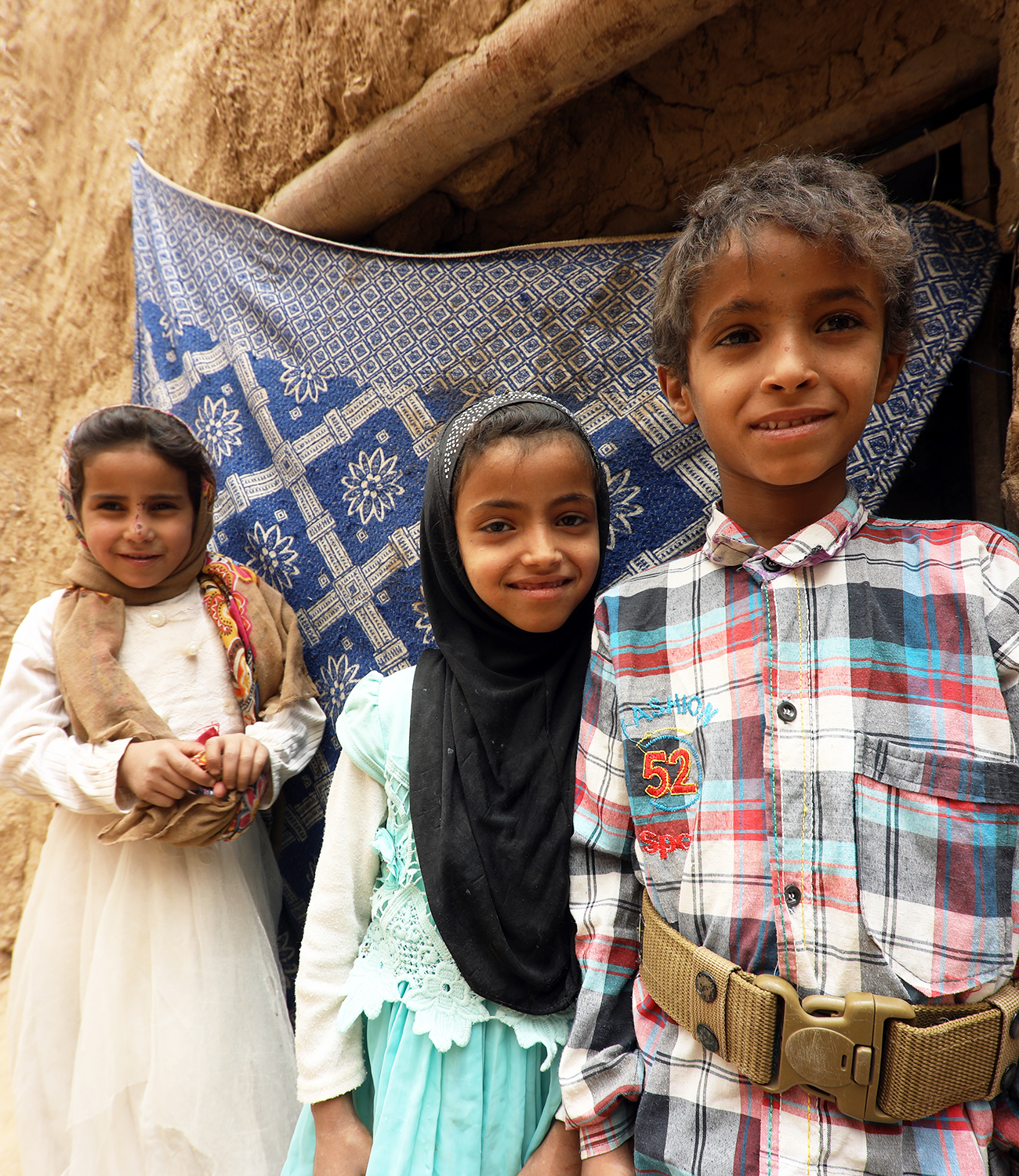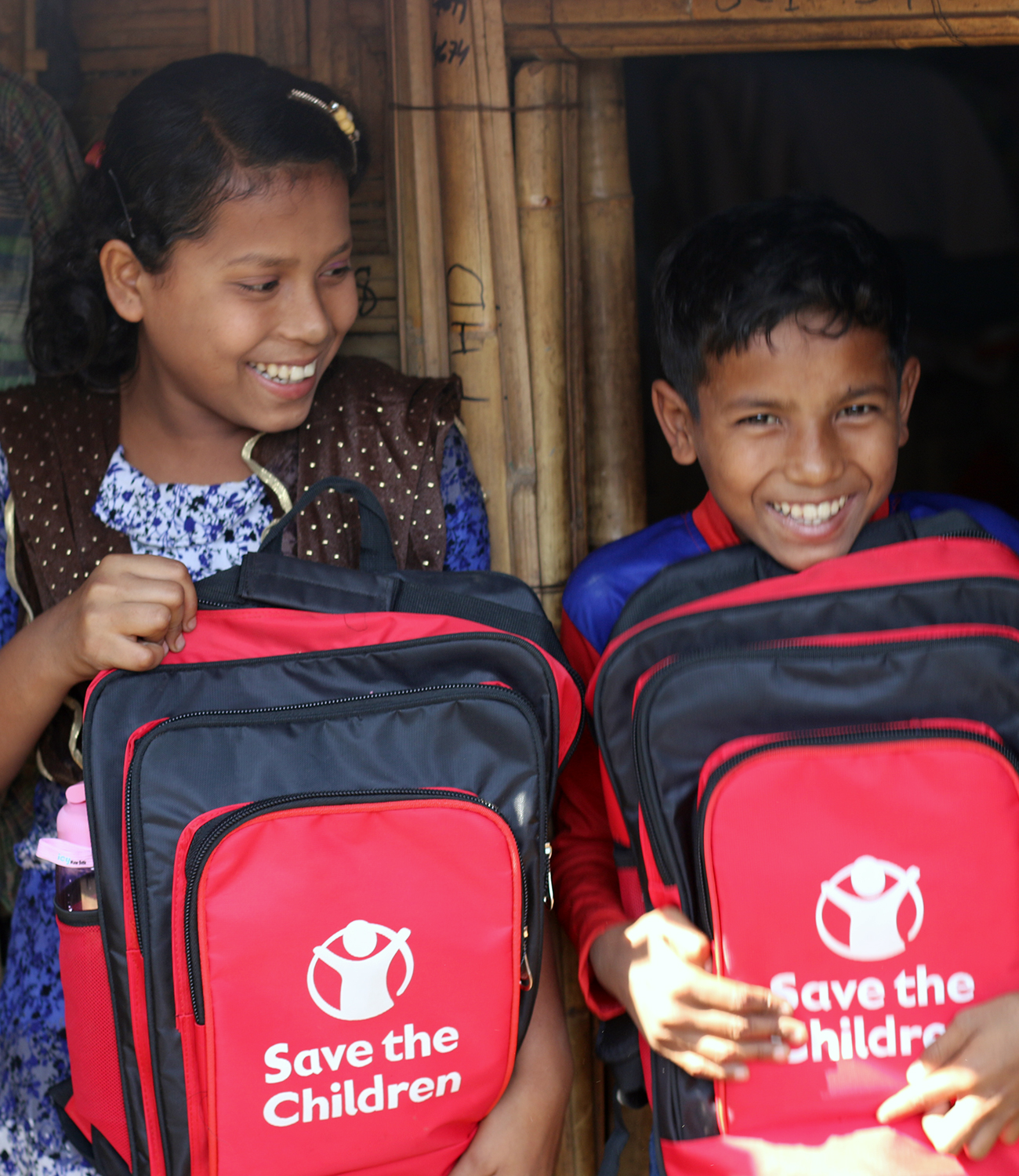In times of crisis, Save the Children is always among the first organisations to deliver life-saving support for children and their families. In 2019, Save the Children’s global movement directly reached more than 11.3 million children through 130 humanitarian responses in 64 countries.
In 2019, Save the Children Hong Kong’s Children’s Emergency Fund provided vital funding to a range of large-scale global responses to emergencies, including: Cyclones Idai and Kenneth in Mozambique and Zimbabwe; monsoon preparedness for Rohingya refugees in Bangladesh, early action for the Horn of Africa drought, the dengue epidemic in the Philippines, winterisation support for refugees in Lebanon, and support for conflict-affected families in the occupied Palestinian territory.
Save the Children Hong Kong also made a key contribution to Save the Children’s global Children’s Emergency Seed Fund (CSF). CSF funding can be deployed immediately to kick-start relief activities while we wait for additional support to flow in. The CSF provided lifesaving support to more than 80 emergencies in 2019.
Horn of Africa: Climate Crisis
1-year-old Mohamed was sick. He had been vomiting and suffering from diarrhoea – his life was at risk. His father had no work. Two consecutive seasons of exceptionally erratic rainfall and failed harvests across the Horn of Africa meant that work and food were scarce. Often, Mohamed’s family ate just once a day, at home in their small tent.
“I couldn’t wait at home. I had to do something,” said Mohamed’s mother Ayan when she arrived at the Save the Children clinic in Dalad, Somali region, Ethiopia. At the clinic, Mohamed was diagnosed with severe acute malnutrition. Following a carefully designed treatment plan, Mohamed got stronger every day and slowly started to take milk again. After almost a week in the clinic, he was doing a lot better and started eating and drinking.
In 2019, at least 10 million people in the Horn of Africa were facing critical levels of hunger due to yet another looming drought. Every day, millions of children like Mohamed were being forced to go without food, and were getting very sick. In July 2019, Save the Children Hong Kong contributed to early action efforts to make sure that children and their families could stand a fighting chance against the upcoming drought. Save the Children has been providing emergency water supplies, running health facilities, treating malnourished children, providing cash and livelihood support, and supporting education systems. During the year, more than 500,000 people were reached in the region.
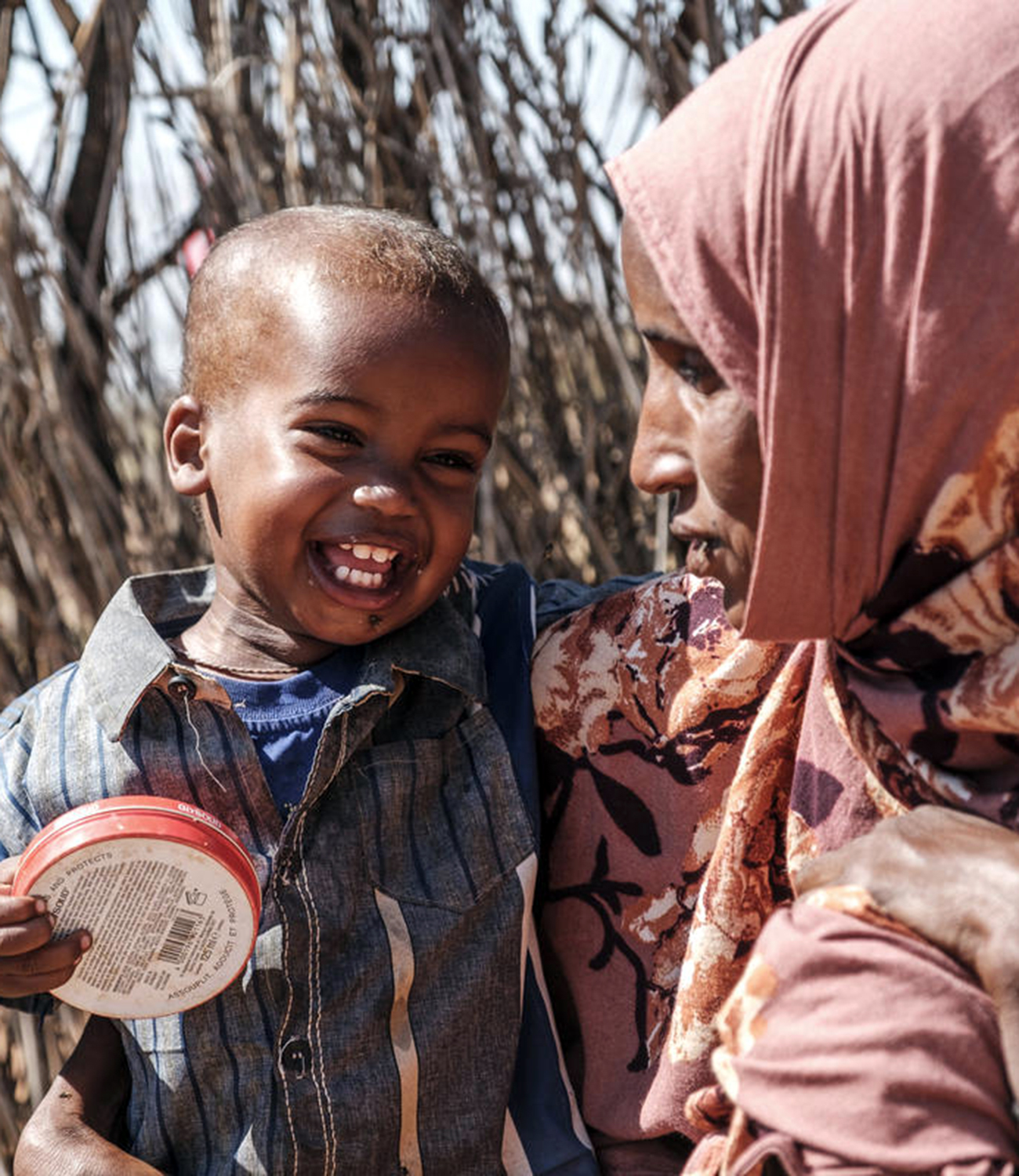
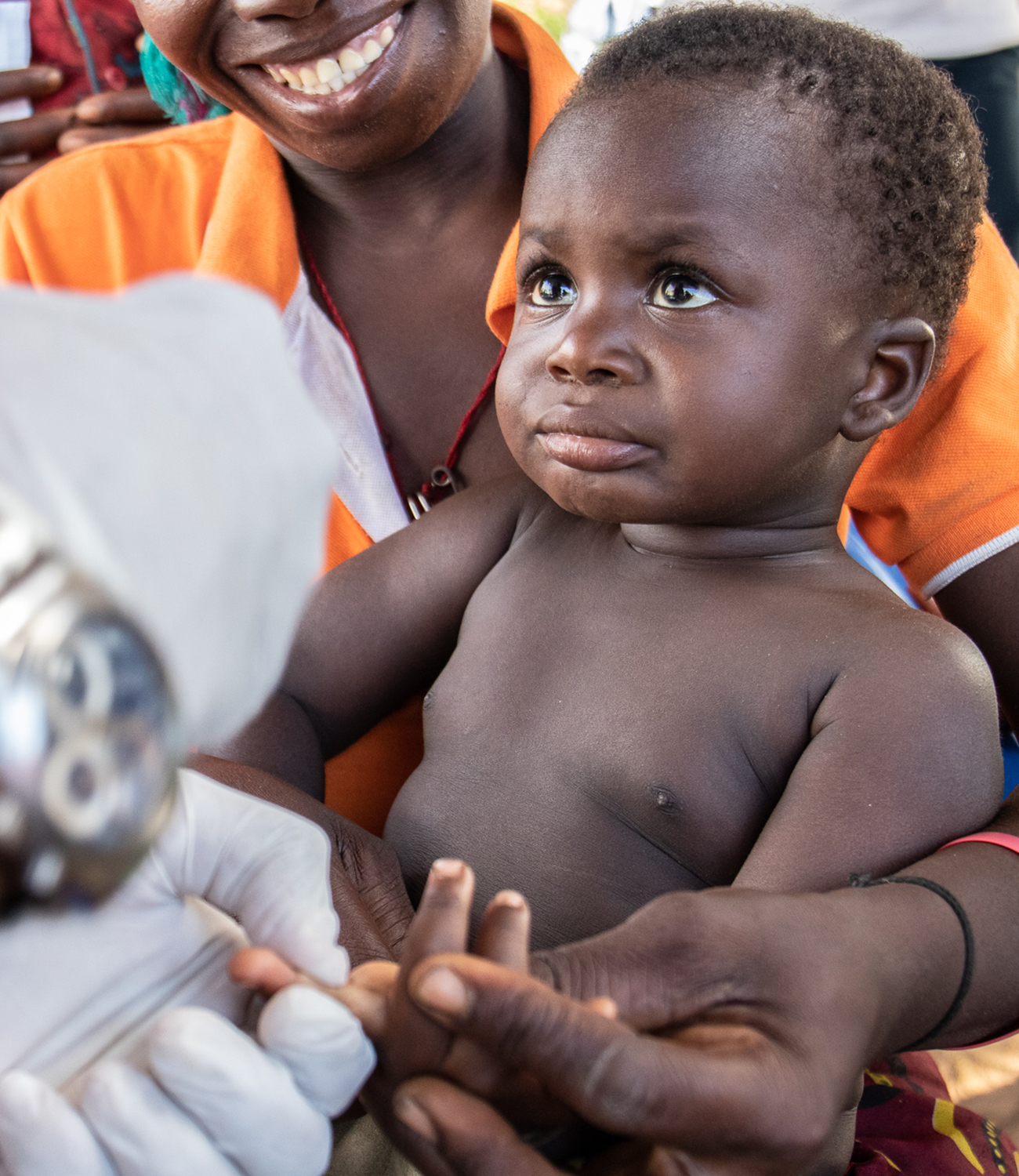
Mozambique: Cyclones Idai and Kenneth
In March and April 2019, the southeastern part of Africa was battered by the strongest cyclones to ever hit the continent. Cyclone Idai made landfall in Mozambique before ripping through Malawi and Zimbabwe. More than 1,000 people lost their lives, and approximately 1.5 million children were affected across the three countries. Six weeks later, Mozambique was struck by an even bigger storm. The new Cyclone Kenneth killed an additional 45 people and affected another 280,000 people in northern Mozambique.
Save the Children was one of the first agencies on the ground responding to Cyclones Idai and Kenneth. It launched a major response including food distribution and the establishment of schools, as well as dozens of child-friendly spaces where children could play, recover and learn. Save the Children also helped to make sure families had access to clean water, sanitation and housing, and supported them with rebuilding their lives and livelihoods.
Since Cyclone Idai struck, Albertina, her husband and children have been living in a temporary camp. When her two-year-old son Simon fell ill, Albertina was desperately worried. Thankfully, she was able to bring Simon to Save the Children’s mobile clinic. He was diagnosed with malaria and was given life-saving treatment. “Simon’s better. He’s okay,” said Albertina. “We are being helped and we’ve got a safe place to stay.” To date, Save the Children has supported over 400,000 people affected by Cyclones Idai and Kenneth, of whom over 240,000 are children like Simon.
Yemen Crisis: the World’s Worst Humanitarian Crisis
Children in Yemen are living in the world’s worst humanitarian crisis. There was a dramatic increase in the killing and maiming of hundreds of civilians, including children after the battle for Hodeidah escalated in 2018. The blockage of food and medicine delivery to the country endangered the lives of thousands of children. As many as 85,000 children under five may have died from extreme hunger or disease since the war in Yemen began in 2015. Save the Children has dramatically scaled up our humanitarian response in Yemen.
Our work has included providing food for 575,000 children and treated more than 152,000 children for malnutrition since the start of the crisis; reaching more than 12,500 children through our mental health and psychosocial support programmes.
In October 2018, Sameer*, 8, was badly injured in an airstrike when a bomb hit close to the farm where he lived. Save the Children paid for his operation and the medicines. Save the Children is also helping him to recover from his experiences by providing psychosocial support.”I wish the war would stop, things would calm down,” said Sameer.
Rohingya: Children’s Crisis
From August 2017 to December 2018, more than 725,000 Rohingya – including close to 400,000 children – fled to Cox’s Bazar in Bangladesh, following a rapid and alarming escalation of violence in northern Rakhine State, Myanmar. These new arrivals joined hundreds of thousands more Rohingya who had fled their homes previously.
As of December 2018, Save the Children had reached more than 454,000 of the total affected Rohingya children in Cox’s Bazar, including a large majority of those who have been orphaned or separated from their parents. Our response has included setting up nearly 100 Child and Girl-Friendly Spaces in the Rohingya refugee camps in Cox’s Bazar, which provided more than 54,000 children with a safe space to play, recover and be children again. Through these centres, we also offer programmes that help support children’s protection, access to education, and health and nutrition. More than 218,000 children have benefitted from psychosocial support activities.
Anwara Begum (11), who takes part in our art programme, said, “My favourite thing to do is to draw pictures when I go to the Child Friendly Space and have them displayed on the wall. I have really enjoyed being part of the project and drawing pictures with my friends.”
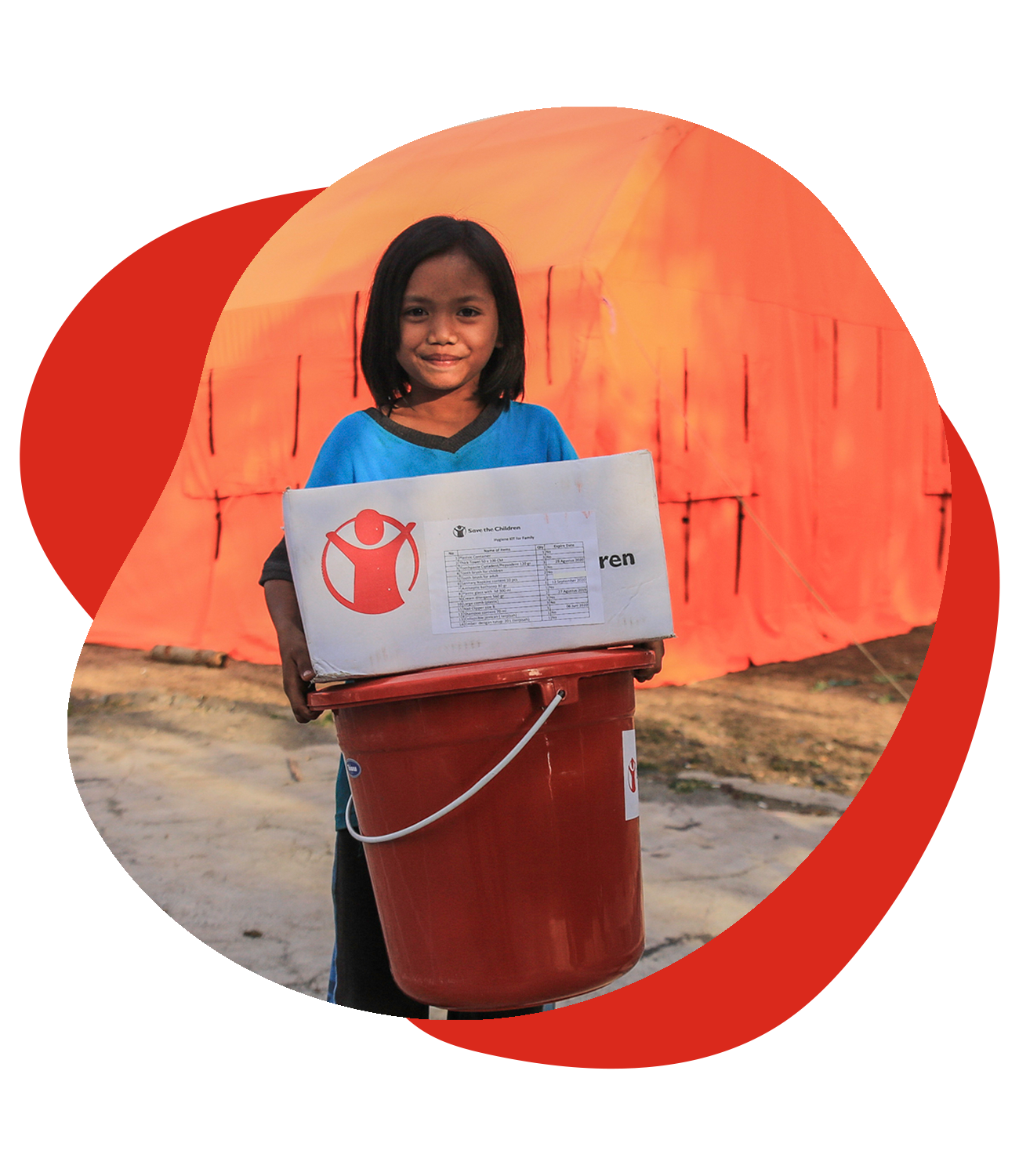
Become a Monthly Donor
Create a Sustainable Future for Children
Monthly giving is critical to providing a predictable income stream that allows Save the Children to plan and implement projects more efficiently.
When disaster strikes or a crisis breaks out, our dedicated emergency responders are among the first to arrive – and the last to leave.
With your support, we can be ready to send life-saving food, shelter and medicines straight to where they are most urgently needed.


